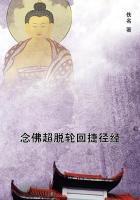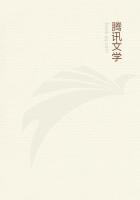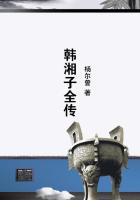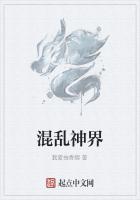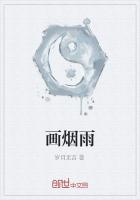The authors for whom the Journal was now publishing attracted the attention of all the writers of the day, and the supply of good material became too great for its capacity.Bok studied the mechanical makeup, and felt that by some method he must find more room in the front portion.He had allotted the first third of the magazine to the general literary contents and the latter two-thirds to departmental features.
Toward the close of the number, the departments narrowed down from full pages to single columns with advertisements on each side.
One day Bok was handling a story by Rudyard Kipling which had overrun the space allowed for it in the front.The story had come late, and the rest of the front portion of the magazine had gone to press.The editor was in a quandary what to do with the two remaining columns of the Kipling tale.There were only two pages open, and these were at the back.He remade those pages, and continued the story from pages 6 and 7to pages 38 and 39.
At once Bok saw that this was an instance where "necessity was the mother of invention." He realized that if he could run some of his front material over to the back he would relieve the pressure at the front, present a more varied contents there, and make his advertisements more valuable by putting them next to the most expensive material in the magazine.
In the next issue he combined some of his smaller departments in the back; and thus, in 1896, he inaugurated the method of "running over into the back" which has now become a recognized principle in the make-up of magazines of larger size.At first, Bok's readers objected, but he explained why he did it; that they were the benefiters by the plan; and, so far as readers can be satisfied with what is, at best, an awkward method of presentation, they were content.Today the practice is undoubtedly followed to excess, some magazines carrying as much as eighty and ninety columns over from the front to the back; from such abuse it will, of course, free itself either by a return to the original method of make-up or by the adoption of some other less-irritating plan.
In his reading about the America of the past, Bok had been impressed by the unusual amount of interesting personal material that constituted what is termed unwritten history--original events of tremendous personal appeal in which great personalities figured but which had not sufficient historical importance to have been included in American history.Bok determined to please his older readers by harking back to the past and at the same time acquainting the younger generation with the picturesque events which had preceded their time.
He also believed that if he could "dress up" the past, he could arrest the attention of a generation which was too likely to boast of its interest only in the present and the future.He took a course of reading and consulted with Mr.Charles A.Dana, editor of the New York Sun, who had become interested in his work and had written him several voluntary letters of commendation.Mr.Dana gave material help in the selection of subjects and writers; and was intensely amused and interested by the manner in which his youthful confrere "dressed up" the titles of what might otherwise have looked like commonplace articles.
"I know," said Bok to the elder editor, "it smacks a little of the sensational, Mr.Dana, but the purpose I have in mind of showing the young people of to-day that some great things happened before they came on the stage seems to me to make it worth while."Mr.Dana agreed with this view, supplemented every effort of the Philadelphia editor in several subsequent talks, and in 1897 The Ladies'
Home Journal began one of the most popular series it ever published.It was called "Great Personal Events," and the picturesque titles explained them.He first pictured the enthusiastic evening "When Jenny Lind Sang in Castle Garden," and, as Bok added to pique curiosity, "when people paid $20 to sit in rowboats to hear the Swedish nightingale."This was followed by an account of the astonishing episode "When Henry Ward Beecher Sold Slaves in Plymouth Pulpit"; the picturesque journey "When Louis Kossuth Rode Up Broadway"; the triumphant tour "When General Grant Went Round the World"; the forgotten story of "When an Actress Was the Lady of the White House"; the sensational striking of the gold vein in 1849, "When Mackay Struck the Great Bonanza"; the hitherto little-known instance "When Louis Philippe Taught School in Philadelphia"; and even the lesser-known fact of the residence of the brother of Napoleon Bonaparte in America, "When the King of Spain Lived on the Banks of the Schuylkill"; while the story of "When John Wesley Preached in Georgia" surprised nearly every Methodist, as so few had known that the founder of their church had ever visited America.Each month picturesque event followed graphic happening, and never was unwritten history more readily read by the young, or the memories of the older folk more catered to than in this series which won new friends for the magazine on every hand.

